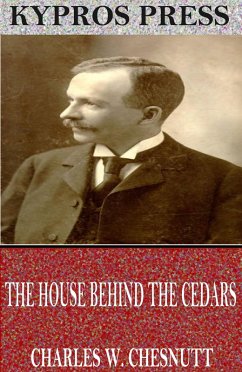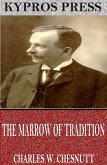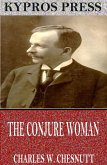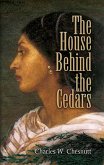Charles W. Chesnutt was a prominent African-American writer, lawyer, and political activist. Chesnutt was a prolific author and his books were notable for exploring the racial and social issues in the American South after the Civil War.
The House Behind the Cedars, published in 1900, is Chesnutt's first novel. The book is set in the South a few years before the Civil War and centers around a family of mixed white and black ancestry. The book is famous for its exploration of interracial relations.
Dieser Download kann aus rechtlichen Gründen nur mit Rechnungsadresse in A, B, BG, CY, CZ, D, DK, EW, E, FIN, F, GR, H, IRL, I, LT, L, LR, M, NL, PL, P, R, S, SLO, SK ausgeliefert werden.









